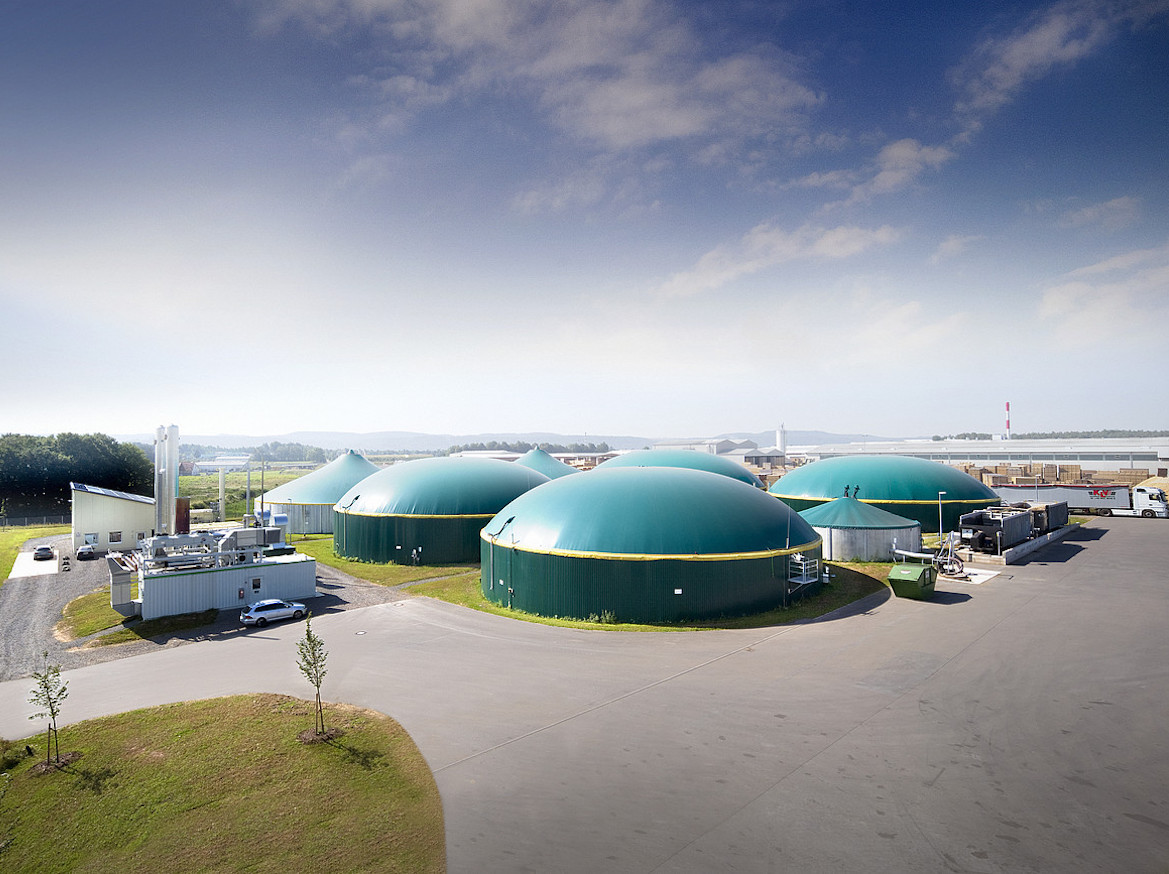SCIENCES OF THE 21ST CENTURY – ENERGY STORAGE – POWER ON DEMAND?

The consumption of electrical energy fluctuates constantly and renewable energy appears to have one major shortcoming: it is very difficult to regulate power generation from wind and water. What technological achievements have been made in the field of energy storage for the future?
Every power network requires some form of energy storage, because the consumption of electrical energy fluctuates constantly and power stations cannot adapt quickly enough. Many hydraulic power stations, for example, can dam up water and thus allow more or less energy to flow through the turbines as demand requires. The problem is that there are not enough water storage power plants. To save power from renewable energies, scientists are investigating new forms of energy storage. Some houses in Munich have already been equipped with storage batteries in order to save excess power generated by the photovoltaic cells on the roof. The electronic energy management system sends the direct current from the photovoltaics to the storage battery without conversion losses; the storage battery only saves direct current. When required, the inverter converts the direct current into alternative current for the buildings’ own consumption and also to be fed into the grid. The building storage battery is only the start. At the Bavarian Centre for Applied Energy Research in Garching, scientists are developing an energy storage device whose capacity is set to exceed the building storage battery a million times over. Wind power can also be stored. If the wind blows too strongly, excess power is generated. This excess energy can be converted, relatively easily, into a synthetic methane gas. This is then mixed in to the natural gas network and saved in the natural gas stores; it is then converted into power and heat when required in communal heating/power stations. Energy Storage – Power on Demand?